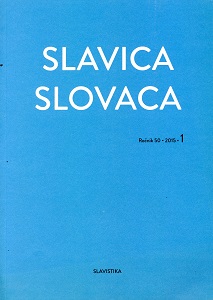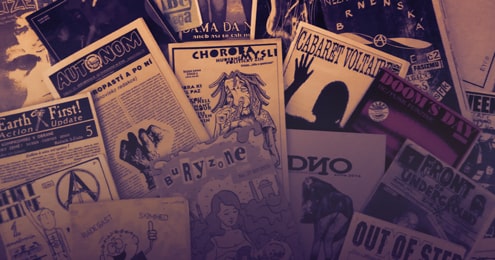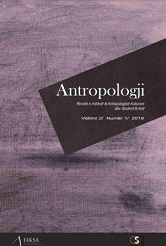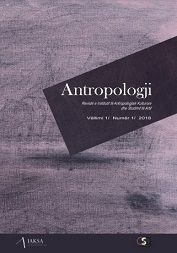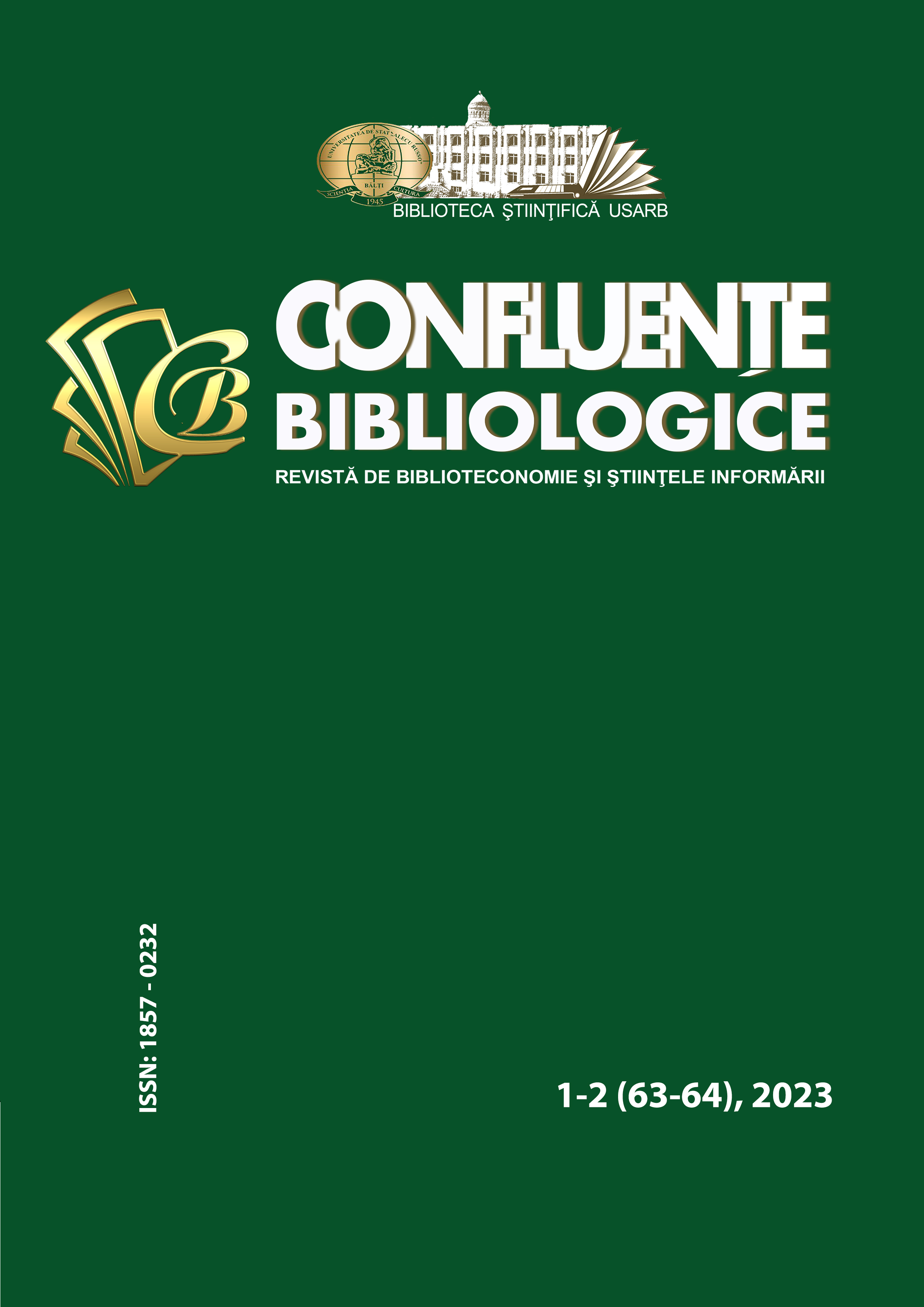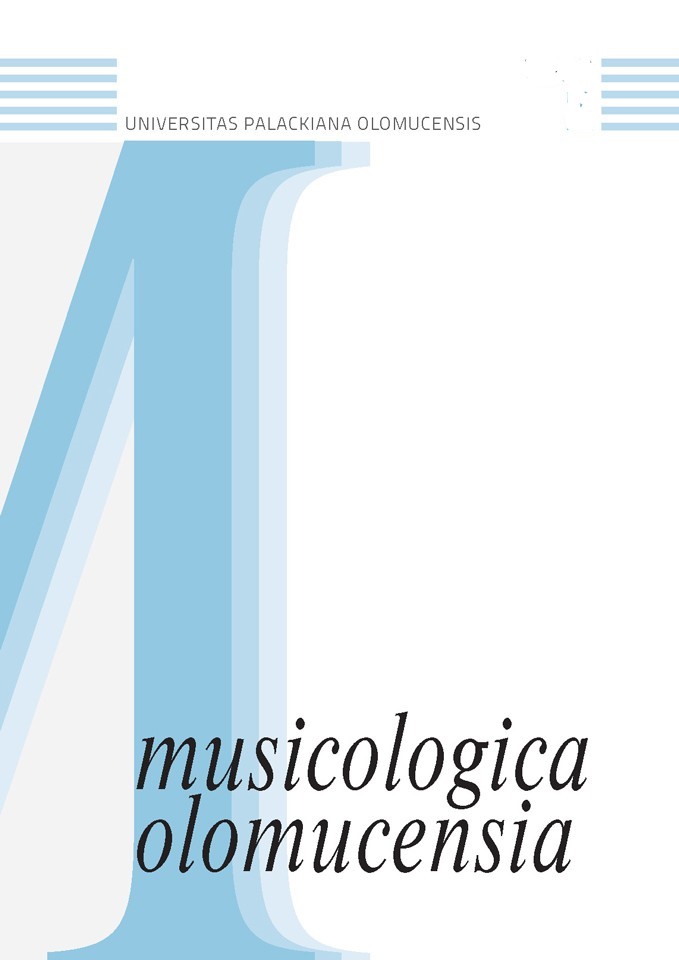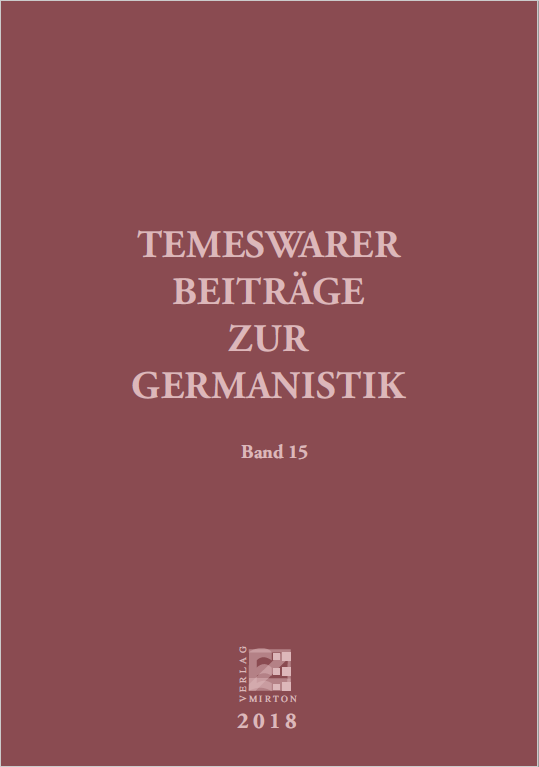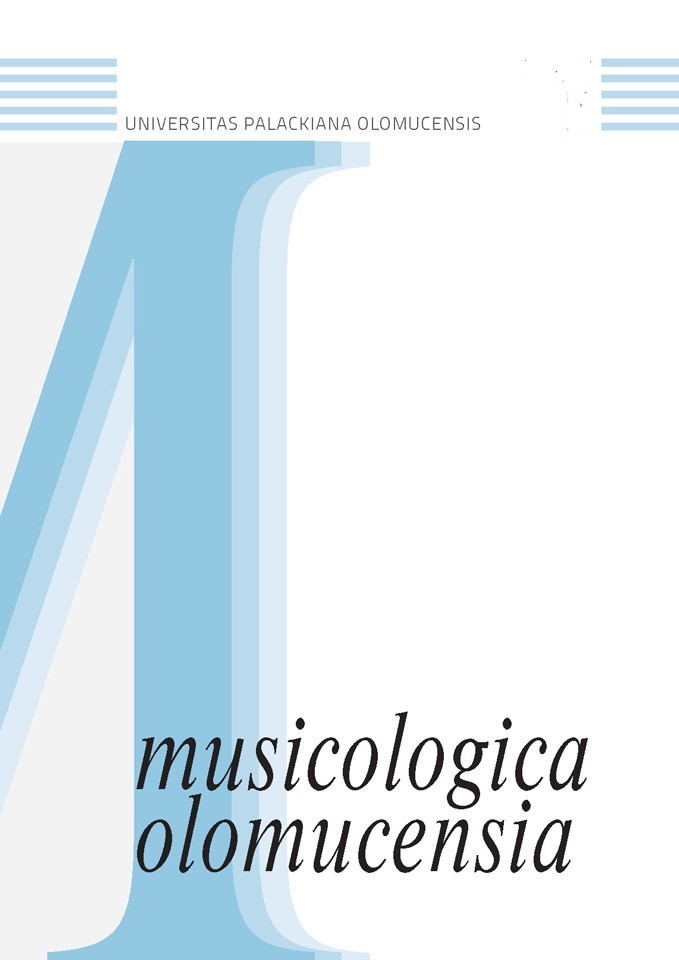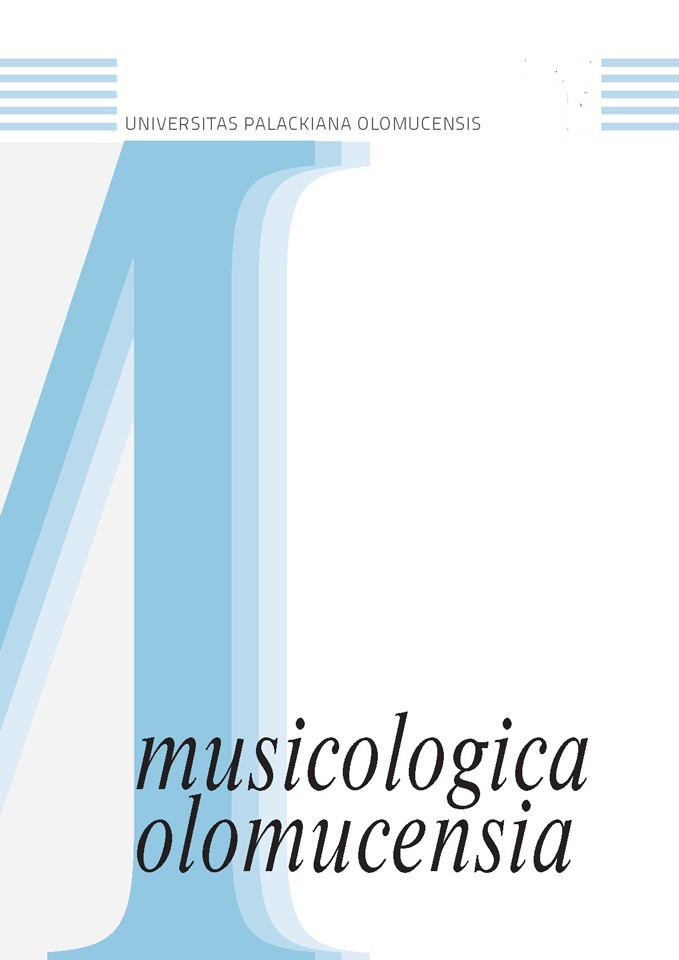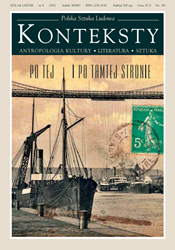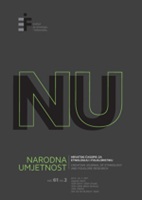PRAVDA COPIAUS A METÓDA COPEAUA
In 1924, Jacques Copeau together with his actors and students moved from Paris to Burgundy. First to Morteuil and a year later to Pernand - Vergelesses. After a few years of life dedicated to writing, directing and rehearsals, he was gradually losing interest in theatre. The young members of his troupe, performing since 1925 under the name Copiaus, were left to cope with the situation on their own. Relations with Copeau went to pieces. The troupe began to work more independently from 1927. They rehearsed two performances – The Dance of the City and the Fields (La Danse de la ville et des champs) in 1928 and Youth and Spider or the Apparent Tragedy (Les Jeunes Gens et l‘ araignée ou la Tragedy Imaginaire) in 1929. In both plays they developed the original idea introduced by Copeau – an attempt to create a modern version of the Italian commedia dell‘arte, which they called simply comédie nouvelle. For this purpose, the troupe created new masks - Mr. César (Jean Dasté), Oscar Knie (Michel Saint - Denis), Gilles (Jean Villard) and other. Based on archival documents, scripts, notes of the authors, newspaper criticisms and preserved iconography, the study aims to reconstruct the above mentioned plays.
More...
